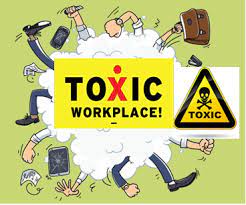
Everything worthwhile is uphill. – John Maxwell
After 36 years of marriage, I’ve learned a thing or two about good intentions. Most of them the hard way.
I recall the time when I was using the mixer to make some cookies. This was early on in our marriage. Up to that point, I had used it numerous times without incident. On this particular occasion, however, things went sideways and I managed to burn it up.
When Christmas came around a few months later and feeling remorse for what I had done with the decommissioned mixer, I made the decision to purchase a new one for her. Now, keep in mind, that this was just one of the many presents that I gave her. Surely, my wife would appreciate a new one, I reasoned.
I was wrong.
Her appreciation for receiving a new mixer did not match my good intentions of giving it to her. Needless to say, in the years since that incident, never has appliances been associated with Christmas.
Good intentions – while good, are never enough. Hang around in leadership long enough and you will learn this. Here’s what I know about good intentions:
- Good intentions reflect a dream or desire for something better
- Good intentions reflect that you have ambition
- Good intentions reflect that you care and are invested on some level
But my good intentions and yours are never enough.
John Maxwell said, “One of the greatest gaps in life is between sounding good and doing good. We are ultimately measured by what we do and how our actions shape the world around us. Without results, all the best intentions in the world are just a way of deluding ourselves.” And this is a gap in your leadership that needs to be bridged.
The key to moving from good intentions to action and results is found in self-discipline. It’s not what you start, plot, or plan, but what you get done.
Think for a moment about what your life – both personally and professionally, would look like if you moved from good intentions to actions and results. Consider the following:
- What would your relationships look like?
- What would your finances look like?
- What would your career look like?
- What would your faith look like?
- What impact can you envision making on the world?
- What would you attempt to accomplish if you had the discipline to move from good intentions to action?
The late Zig Ziglar said, “You don’t have to be great to start, but you have to start to be great.” And this is your leadership challenge- to start!
So let me ask you, what’s holding you back from taking action? Is it a fear of failure? Is it a fear of what others might say or think? Is it a lack of confidence in your own ability? Whatever it may be, let me be the first to encourage you to set those fears aside and simply start.
Final Thoughts
My wife and I are able to now look back and laugh about her getting the mixer for Christmas. But it was a lesson learned that helped me realize that despite my good intentions at the time, I could have at least waited until Valentine’s Day to give it to her.
©2023 Doug Dickerson










